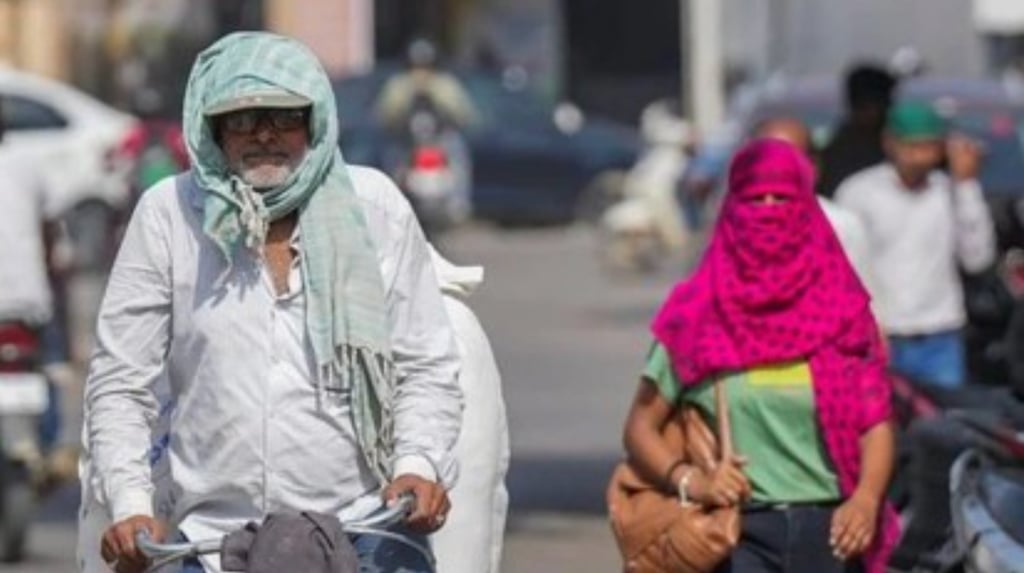The Biases of Heatwaves
Summer kept me locked inside. Not for any love of staying in, nor as part of a depressive lull, but because the heat outside was relentless.


Summer kept me locked inside. Not for any love of staying in, nor as part of a depressive lull, but because the heat outside was relentless. It was a huge disappointment, though not totally unbearable. What was truly unbearable was knowing that the same 2024 heatwave, which turned my summer into an “in-house party,” rendered the lives of so many socially and economically disadvantaged individuals lost.
The heatwave that struck India and Pakistan in 2024 was one of the deadliest natural calamities in recent decades. The Indian Meteorological Department (IMD) issued numerous red alerts across central and northwestern India, with Delhi among the hardest-hit regions. Over 40,000 heat strokes were recorded from March to June. Delhi’s built-up area surged from 31.4% in 2003 to 38.2% in 2022, which trapped heat, especially at night, making the city’s temperatures soar. Still, the main driving force behind this atrocity is global warming (climate change). The impacts of climate change are unevenly spread: developed countries, whose industries contributed heavily to this crisis, are now shielded by advanced technology and robust infrastructures. Meanwhile, developing nations suffer the consequences of those actions. Developed countries continue to evade accountability, framing climate change as a universal issue with equal responsibility for all, conveniently ignoring their outsized role.
This same pattern plays out within India. Urban residents like me, who rely on plastic, work in factories, and use electronics daily are somewhat shielded from the worst of the heat. In contrast, people in rural areas, who live sustainably, with minimal reliance on electronics or chemicals, suffer the most. They lack the means, or even awareness, to protect themselves from climate change’s worsening effects.
This inequality is jarring. The heatwaves may have forced me indoors, but for others, they’ve cost far more. Acknowledging the uneven burden of climate change is essential, especially as the impacts deepen across vulnerable communities.
According to the IMD, around 40 percent of the country recorded double the number of heatwave days than usual during the April-to-June period. (PTI Photo)
